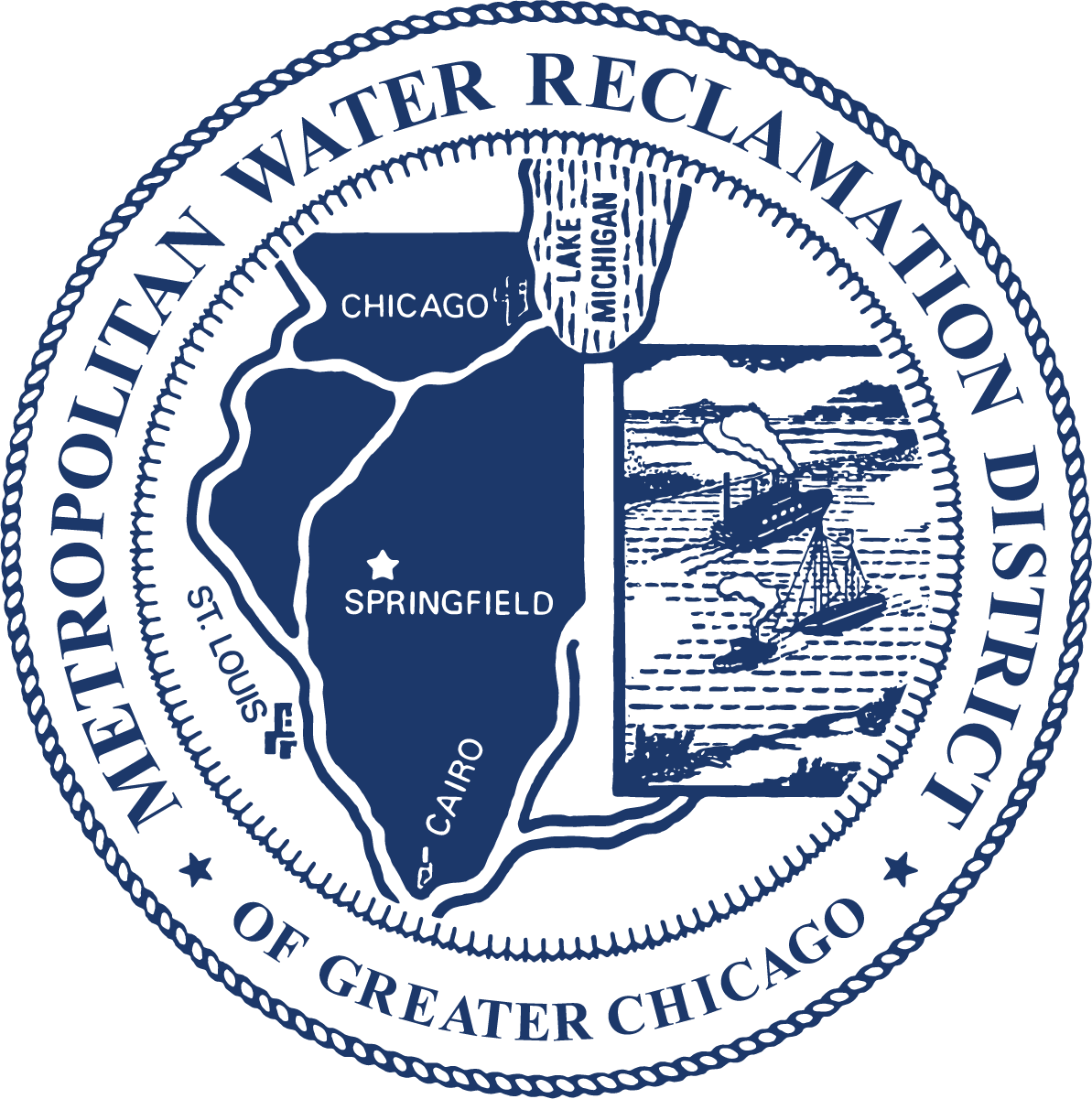Weekend of July 25 Storm Recap
According to the National Weather Service (NWS), a slow-moving line of storms with torrential rainfall in some locations on Friday, July 25 resulted in numerous instances of flash flooding across parts of Chicago. Midway Airport observed 3.25 inches of rain for the day, while the heaviest axis of rainfall in Chicago recorded between 5 and 6 inches of rainfall, most of which fell in a 60 to 90-minute period, according to the NWS.
The Metropolitan Water Reclamation District of Greater Chicago (MWRD) staff continues to work around the clock to manage flow at seven water reclamation plants, the Chicago Area Waterway System, and the Tunnel and Reservoir Plan (TARP). TARP is comprised of three reservoir systems with nearly 12 billion gallons (BG) of capacity and four tunnels (2.3 BG) that extend 110 miles. The McCook Reservoir, which has a capacity of 3.5 billion gallons and serves central Chicago and 36 municipalities covering 252 square miles, filled to approximately 60% capacity during this storm event.
During rainfall, stormwater flows through smaller, local pipes owned and maintained by local municipalities. This water then flows to the MWRD’s large intercepting sewers that convey wastewater from homes and stormwater from local sewers to the MWRD’s water reclamation plants for treatment. In heavy rainfall, the water flows past the MWRD intercepting sewer and falls into a TARP tunnel to help keep this water from overflowing into our waterways and backing up in our basements. Water must pass through local sewers first before it even reaches the TARP system.
Since becoming operational in late 2017, Stage 1 of the McCook Reservoir has captured approximately 130 billion gallons of combined sewage.
Learn about the work of the MWRD at any time by visiting the MWRD’s YouTube channel.
